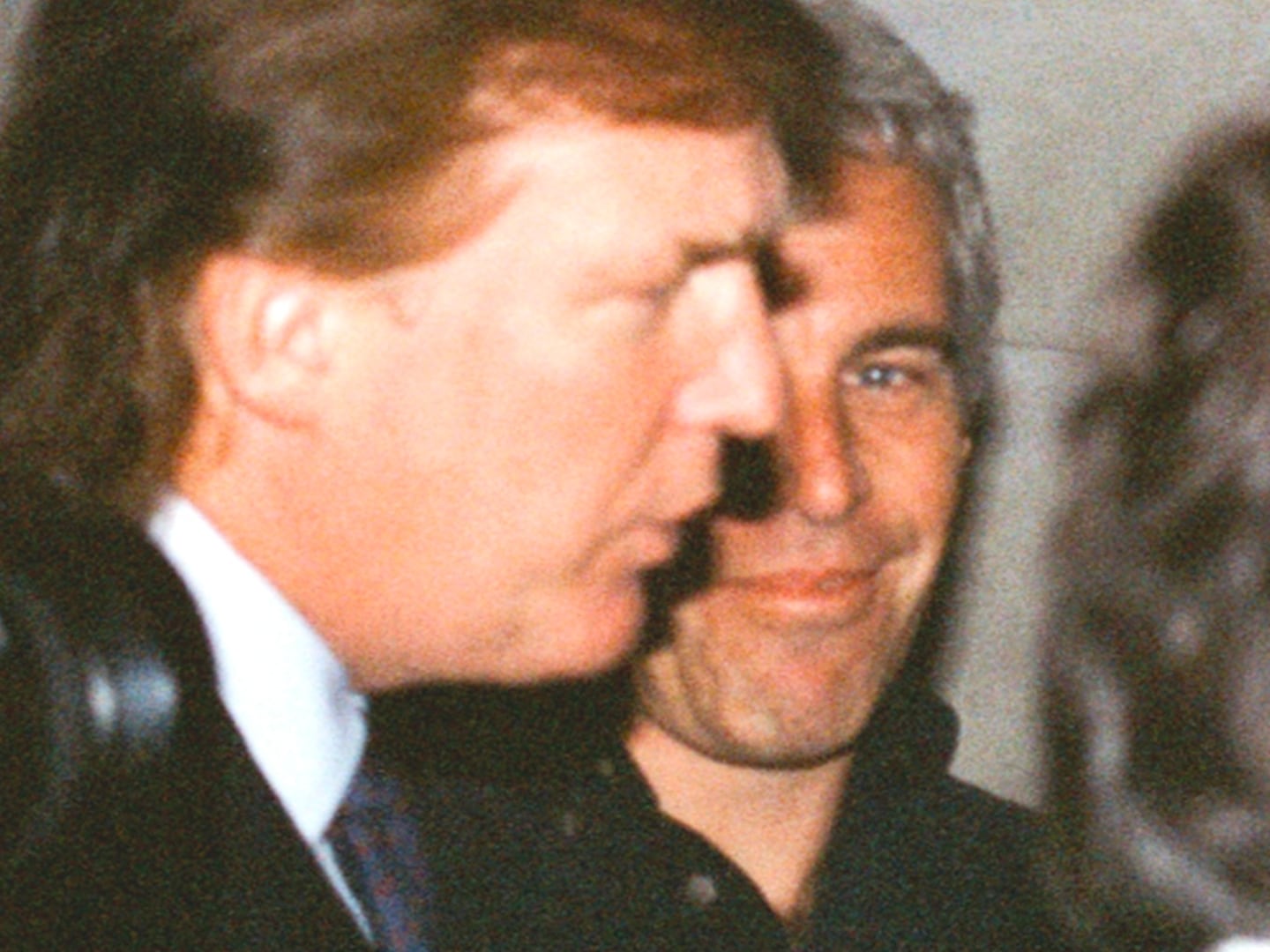The “Swoonatra” phenomenon reached its apex in the fall of 1944. When Sinatra performed at the Paramount Theater in New York that October, the throng of frenzied teenage girls—the so-called bobbysoxers—made mayhem in the streets. After a Sinatra performance—and Sinatra gave nine of them a day, starting at 8 in the morning—the girls refused to vacate their seats. Sometimes as few as 250 left theaters crowded with more than a dozen times that number. Police had to be called in. In what came to be known as the Columbus Day Riot, the bobbysoxers set in motion the pattern of behavior that marked the arrivals of Elvis Presley in 1956 and the Beatles eight years later. Having practiced their fainting techniques in advance, girls shrieked and swooned in bliss when the skinny vocalist bent a note in his patented way.
When Sinatra met Humphrey Bogart, the star of Casablanca and The Maltese Falcon said that he’d heard Sinatra knew how to make women faint. “Make me faint,” Bogart said. Sinatra’s faint-inducing ability was also on the agenda when he met Franklin D. Roosevelt. “Fainting, which once was so prevalent, has become a lost art among the ladies,” the president told Sinatra in the White House on September 28. “I’m glad you have revived it.” Then the commander in chief asked Sinatra how he did it. “I wish to hell I knew,” Sinatra said.
The singer had wrangled the White House invitation when the Democratic Committee chairman asked his pal, the restaurateur Toots Shor, to a reception. FDR was glad to host Sinatra; it would counteract Bing Crosby’s endorsement of his opponent, Republican Thomas E. Dewey, governor of New York, Roosevelt’s old job before he went to the White House. “Look who’s here,” Roosevelt exclaimed and asked the singer to confide the title of the song that would be No. 1 on the hit parade next week. “I won’t tell,” FDR grinned. “Amapola,” Sinatra said. (The title may have sounded Italian to the president—and Italy was an uncomfortable subject in wartime—so he switched the subject.) The meeting went well, though the president was said afterward to scratch his head in wonderment at the idea that the skinny crooner had revived what he called “the charming art of fainting.” “He would never have made them swoon in our day,” he told an aide after the party broke up.
Sinatra joined Bogart and Bette Davis, Rita Hayworth, Orson Welles, Danny Kaye, and Edward G. Robinson on the FDR bandwagon in 1944. With his talent for friendship, Frank and Welles in particular got to be great buddies, and when Orson and his wife Rita Hayworth had a baby that December, they chose Sinatra to be the girl’s godfather. There was a rally for an unprecedented fourth term for FDR in Fenway Park on the weekend before Nov. 7, Election Day. The Boston Globe reported that Welles and Sinatra—“the dramatic voice” and “the Voice”—brought the house down. On Election Night, the two men had rooms at New York’s Waldorf Astoria but before retiring they downed a few celebratory drinks and figured out a way to harass the conservative Hearst columnist Westbrook Pegler, who regularly attacked President Roosevelt. Pegler had dubbed Sinatra the “New Dealing Crooner,” “bugle-deaf Frankie boy,” and probably a red. Welles had his own reasons for detesting the Hearst chain, the head of which did not look kindly on Welles’s Citizen Kane.
Sinatra donated money to FDR’s campaign, made radio broadcasts, spoke at Carnegie Hall. “I’d just like to tell you what a great guy Roosevelt is,” he said. “I was a little stunned when I stood alongside him. I thought, here’s the greatest guy alive today and here’s a little guy from Hoboken shaking his hand. He knows about everything—even my racket.” Conservative columnists predictably had a field day with Sinatra’s self-importance. At a concert Sinatra sang a parody lyric of “Everything Happens to Me.” The Republicans were “mad as they can be,” because he went to Washington to have a cup of tea with “a man called Franklin D.”
Dolly Sinatra, Frank’s mother (who “scared the shit outta me,” he confided once to Shirley MacLaine), bawled him out for being so pro-FDR. Dolly, an embodiment of Hoboken feistiness and civic pride, was furious with Roosevelt for having called the Italians “a lot of opera singers” and a less formidable foe than the Germans. In the fall of 1944, when Frank failed to come back to Hoboken to help his mother with a local political campaign, she let him have it: “But you campaigned for that Roosevelt!”
FDR, of course, hovered over the popular culture of the time like a benevolent deity. Of the many movies and songs in which FDR is a vital presence, there are two I like best. In Yankee Doodle Dandy, the action begins and ends in the Oval Office, where James Cagney as George M. Cohan has gone to receive a commendation. You never see FDR but you hear an approximation of his voice, and the expression on Cagney’s face tells you all you need to know about the president’s authority. In Babes on Broadway (1941), Judy Garland and Mickey Rooney sing “How About You?,” which Sinatra covered when he was the Tommy Dorsey band’s boy singer. There’s a moment in the song when the vocalist—who likes New York in June, Gershwin tunes, potato chips, motor trips, good books, and holding hands in the movies—tells us that “Franklin Roosevelt’s looks give me a thrill.”
Anyone doubting the depth of Sinatra’s liberal convictions in 1944 and ’45 should listen to the soundtrack of The House I Live In, the short that would win an honorary Oscar in 1946. You can’t fake the sincerity in his voice when he sang about what America meant to him. In the movie, Frank stops a gang of urban youngsters from beating up a Jewish boy. How does he do it? By saying that bigotry makes sense only to “a Nazi or somebody as stupid”—and by singing the title song, an ode to American democracy written by a couple of leftist visionaries, Earl Robinson (music) and Lewis Allan (lyrics): “The ‘howdy’ and the handshake, the air of feeling free / And the right to speak my mind out, that’s America to me.” “The House I Live In” (the song rather than the picture) include grocers and butchers, “the worker by my side” of whatever race, religion, or national origin. It’s like a 32-bar version of Whitman’s vision of America in “Song of Myself.”
Sinatra tried to improve race relations real-time in autumn 1945, when the white students of Froebel High School in Gary, Indiana, went on strike to protest their principal’s “pro-Negro” policies. The new principal had declared that the school’s 270 black kids were entitled to participate in student government and could use the school’s swimming pool one day a week. Frank went out to Gary to give the assembled high-school kids a lesson in tolerance. Reporting on the event, Life magazine deplored the “childish grievances” of the white protesters and implicated their parents, “who feared competition for their steel-mill jobs from Gary’s increasing Negro population.” But the magazine could hardly restrain its glee at the outcome. “When it was all over, Frankie had failed. The strike was still on.” Well, fuck you, scumbag. I don’t see what you’re doing to improve the relations of white and black, Jew and gentile. Goddamn press always did get under his skin.
Excerpted from Sinatra’s Century by David Lehman. Copyright 2015 by Harper Collins. Reprinted by permission.






